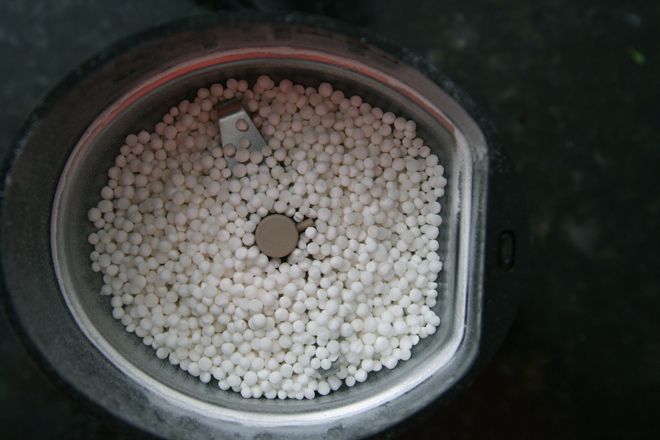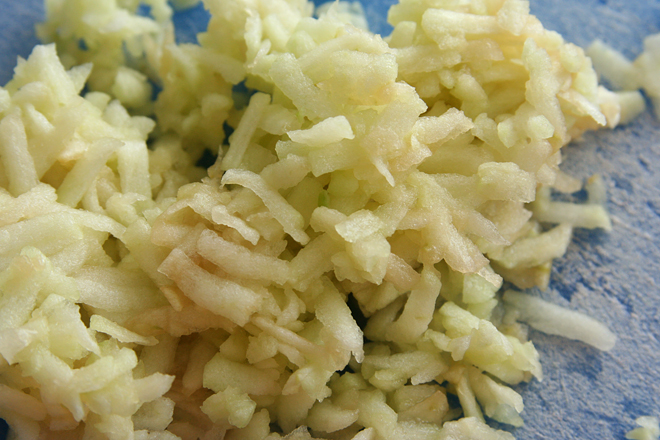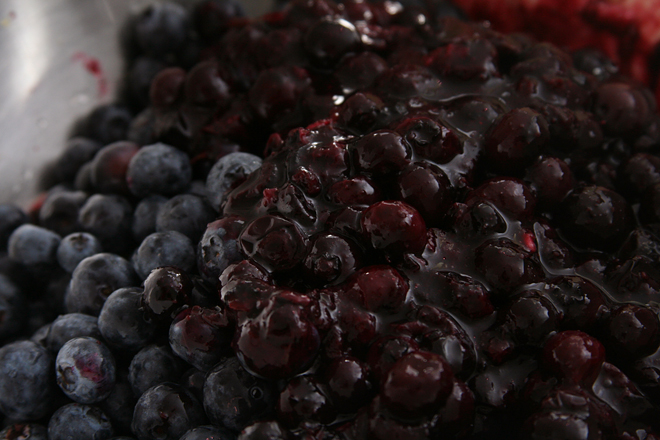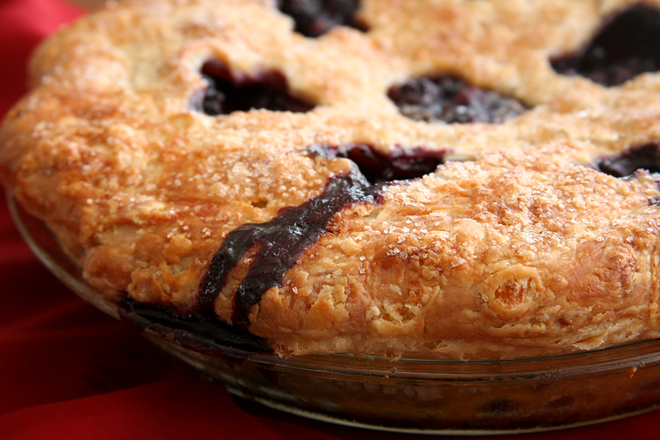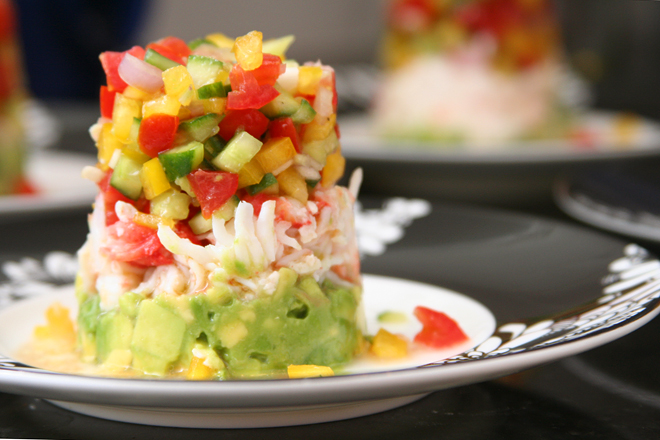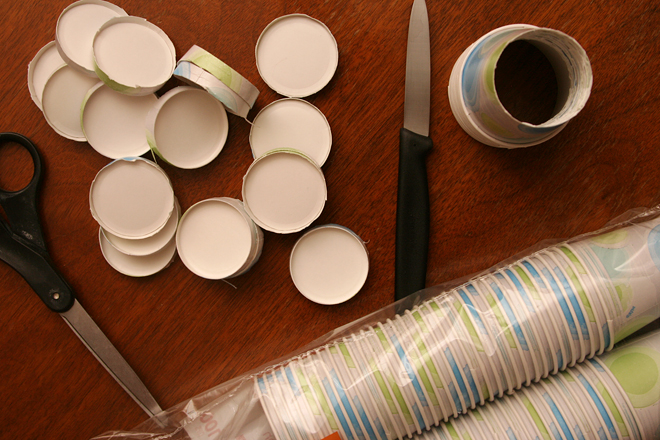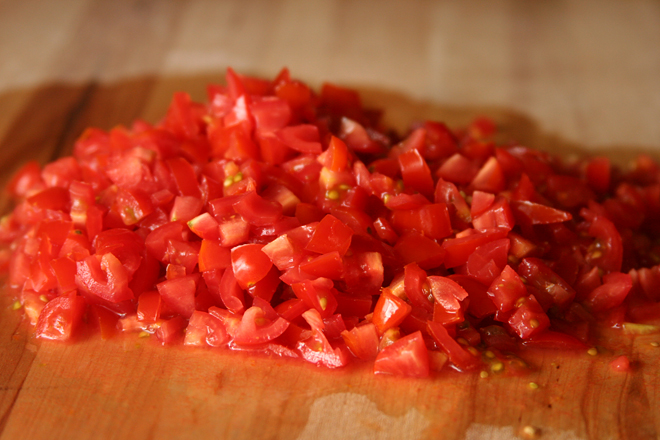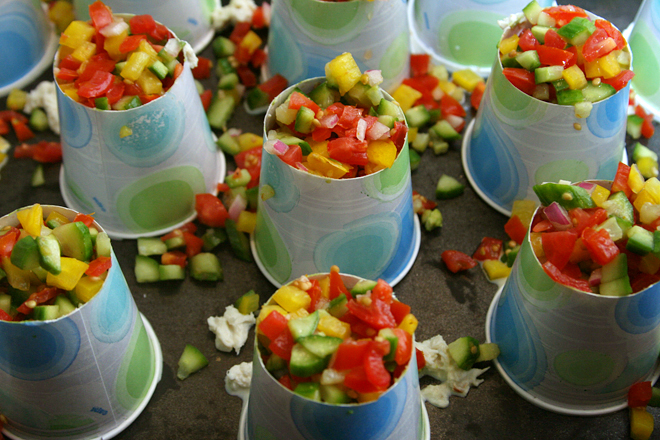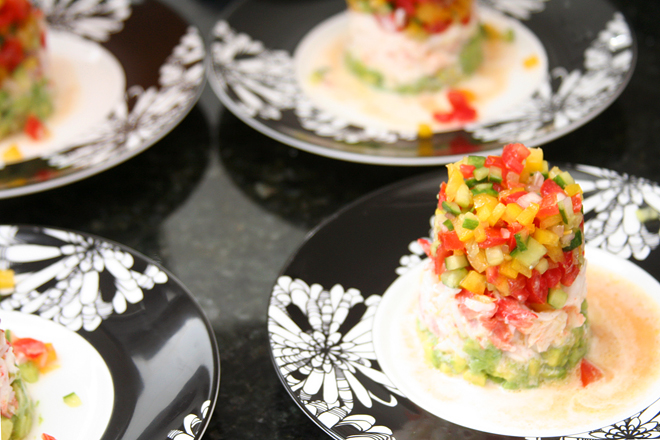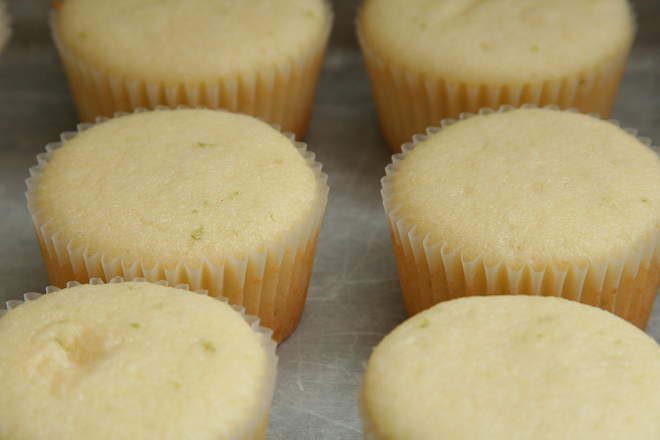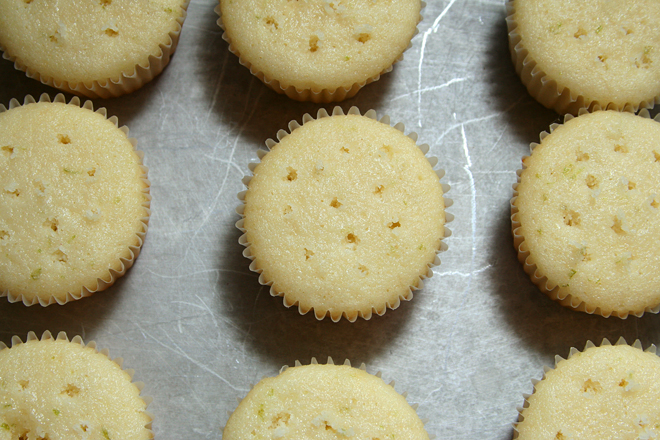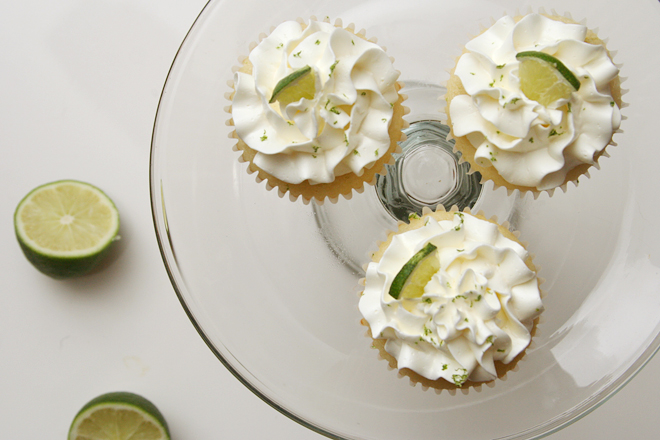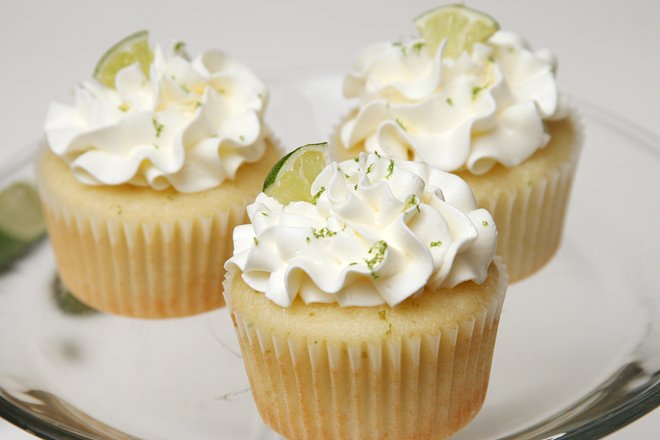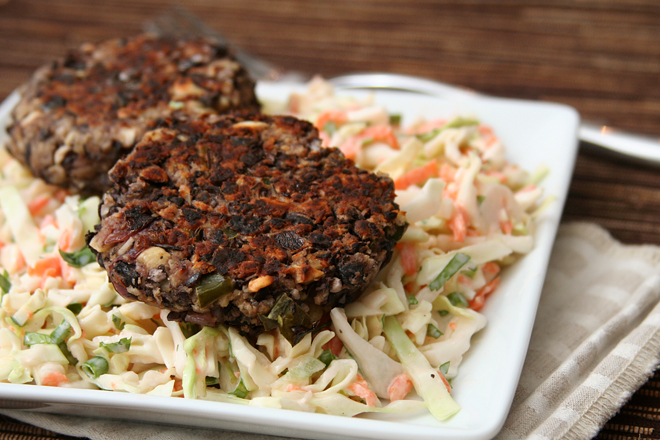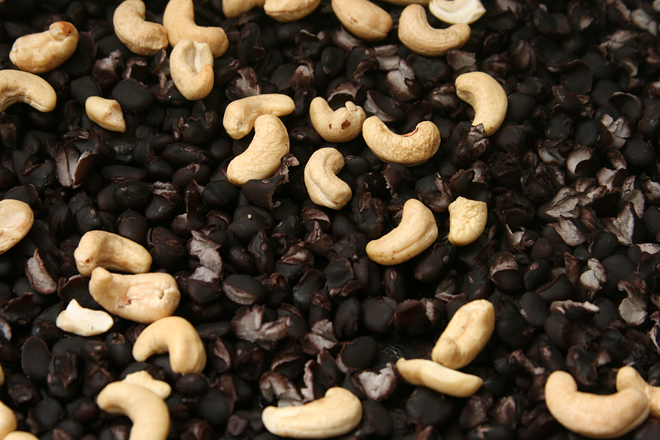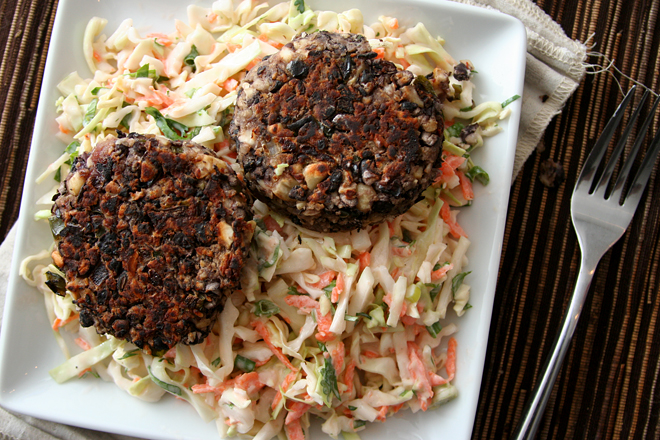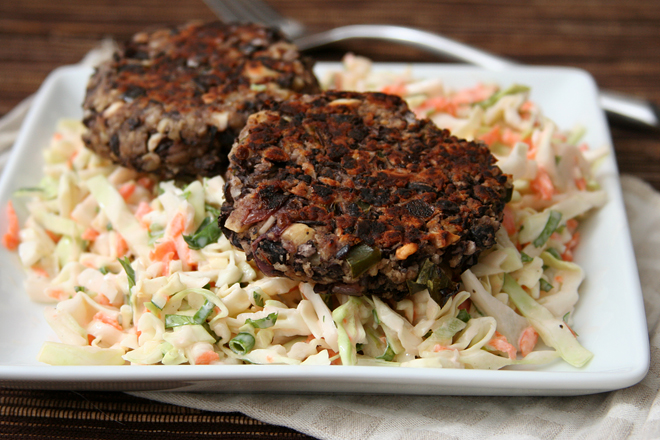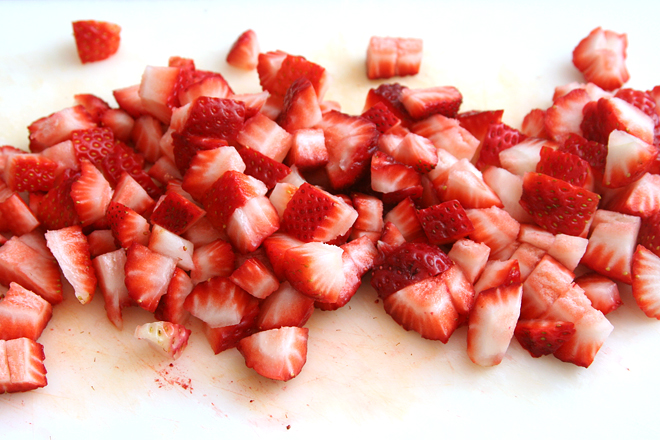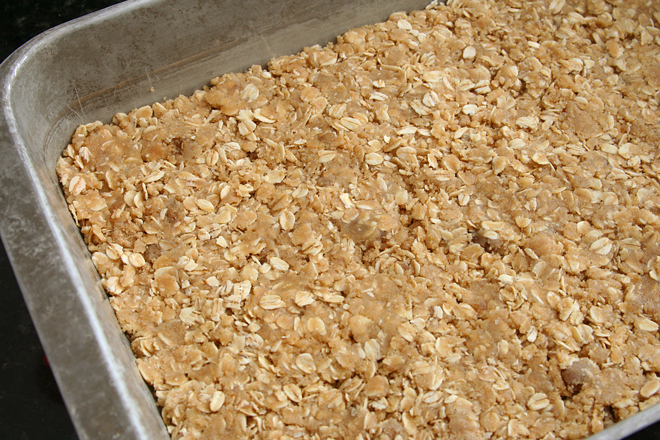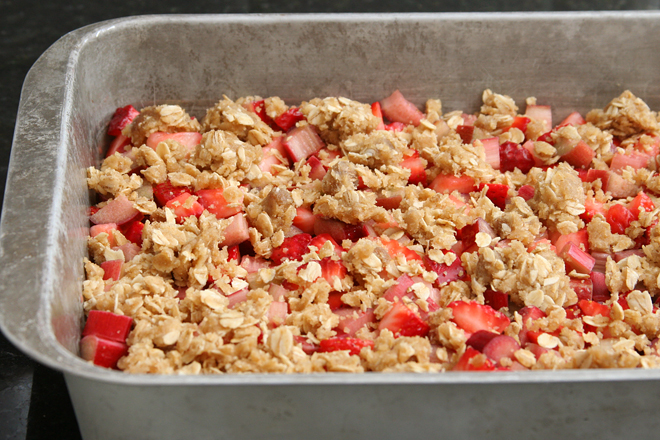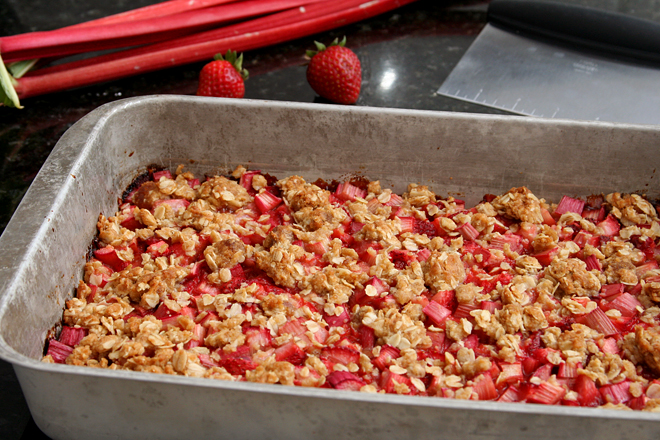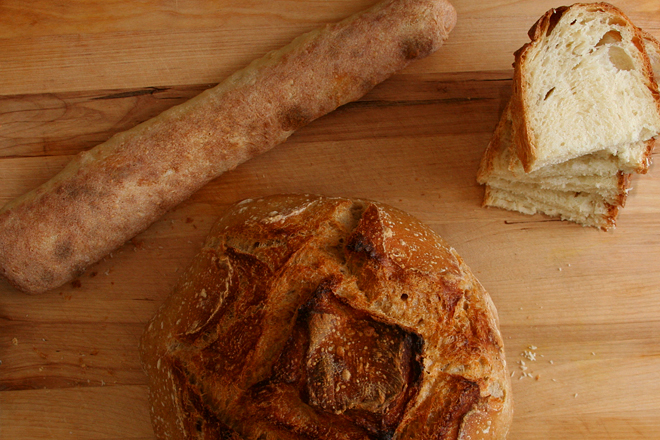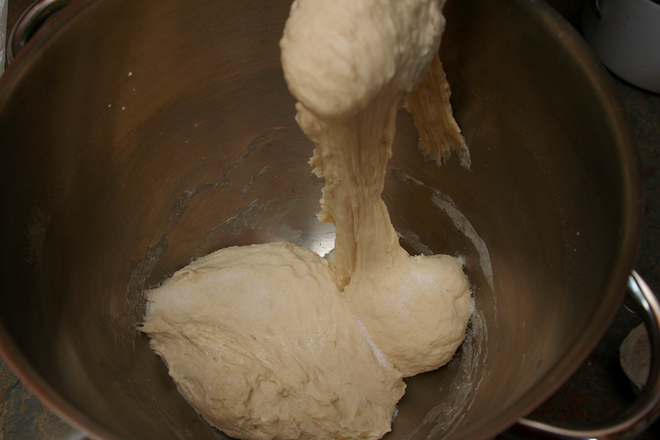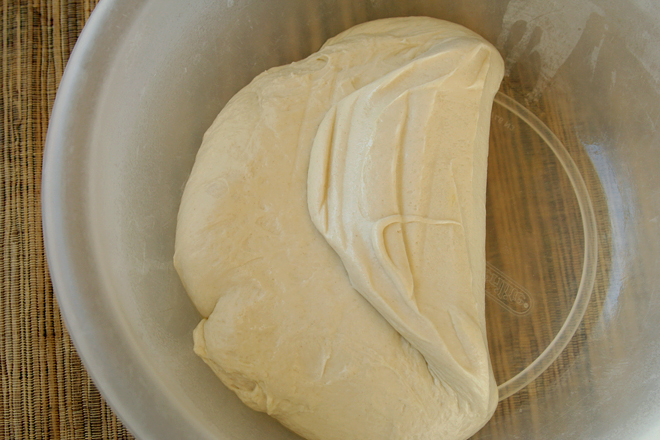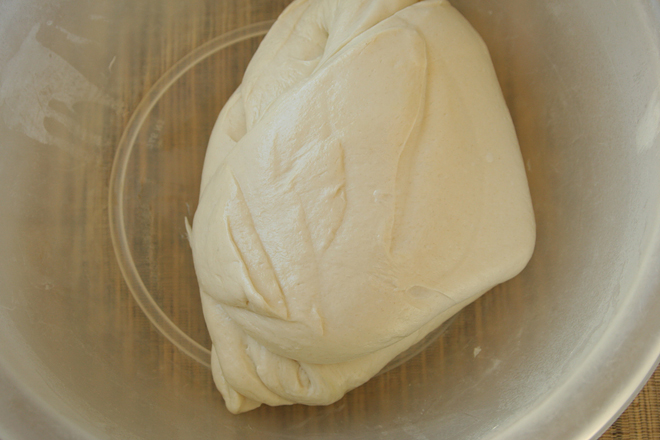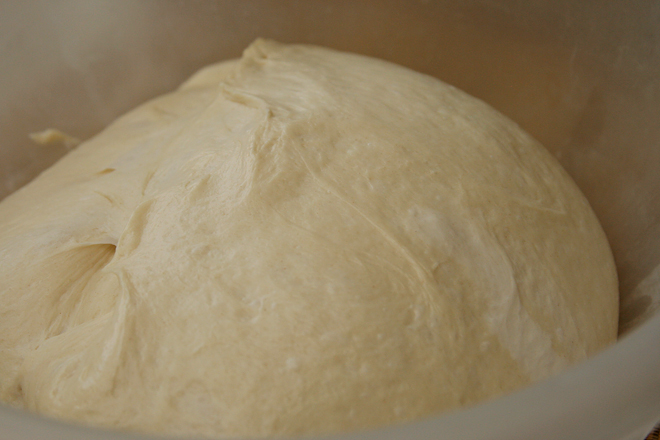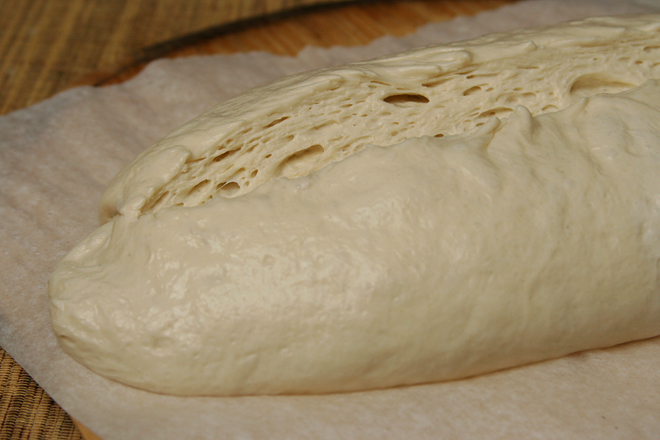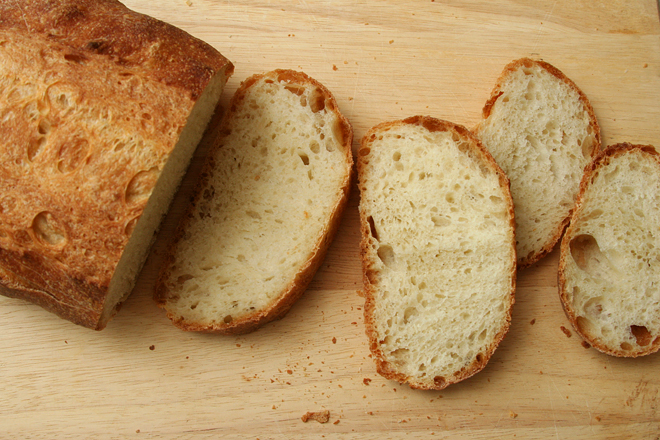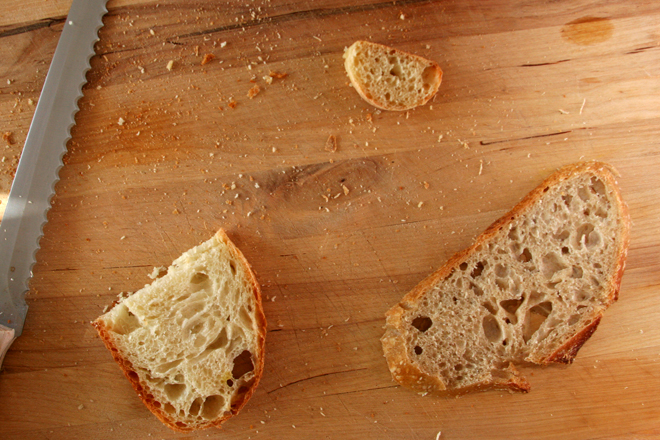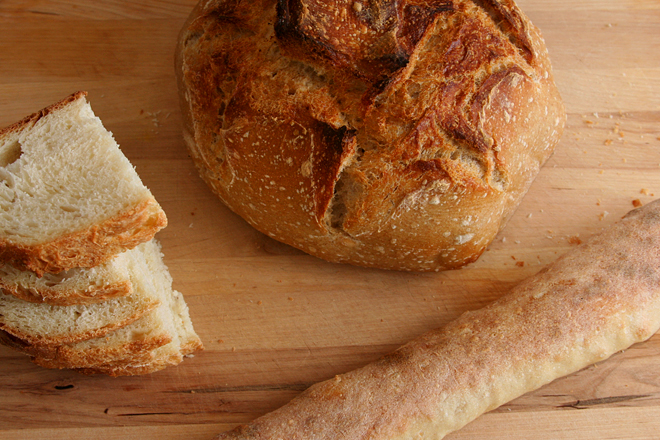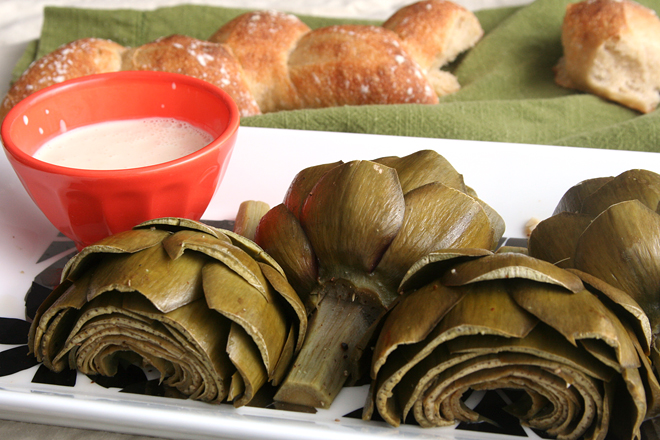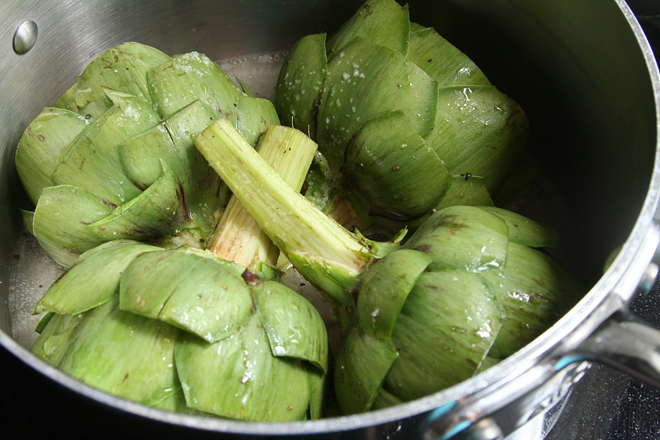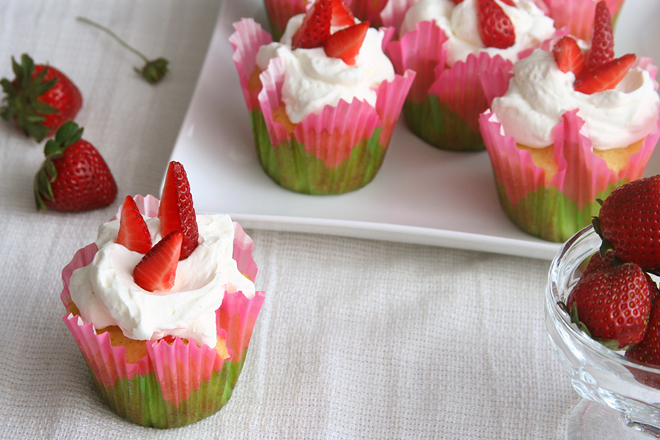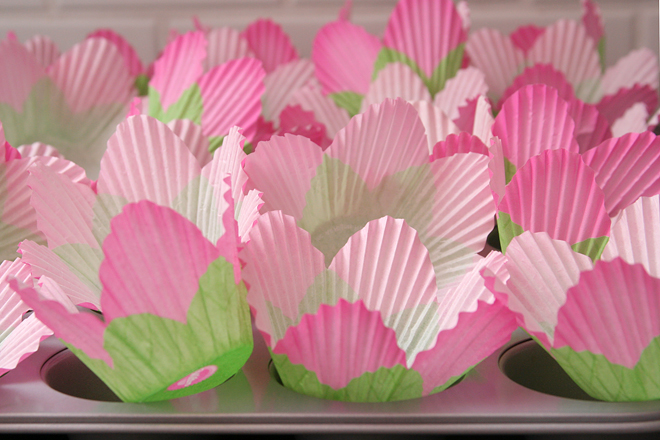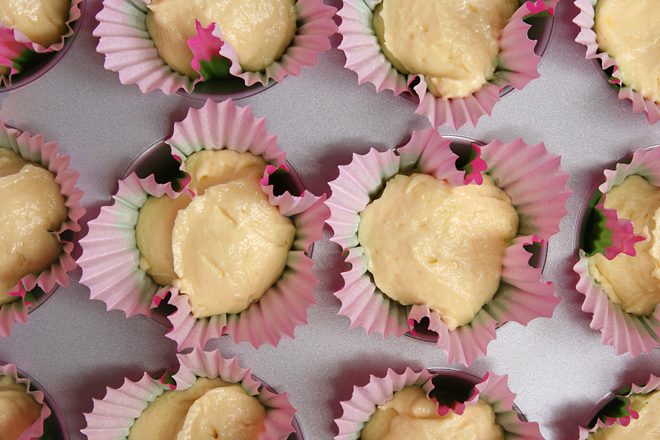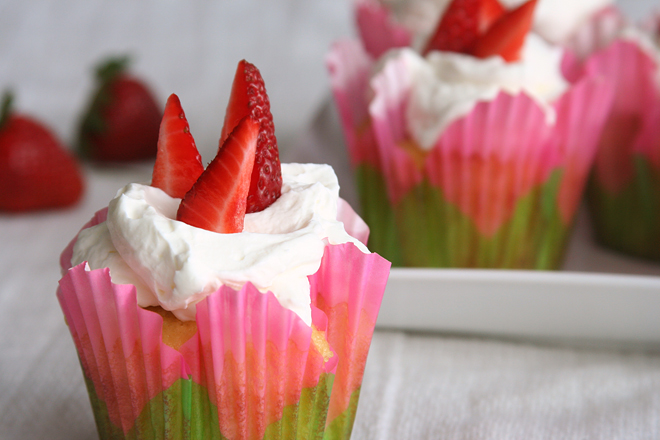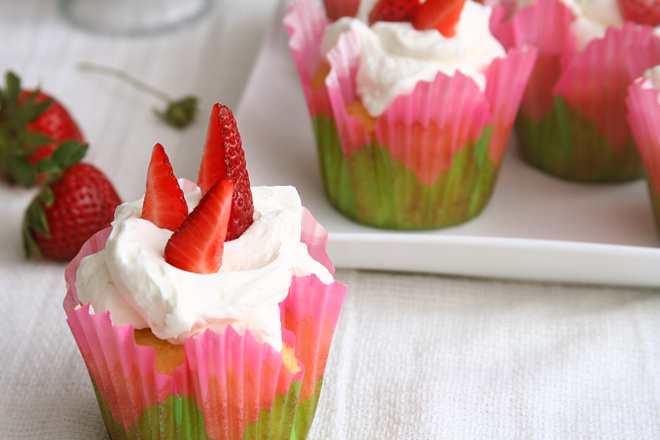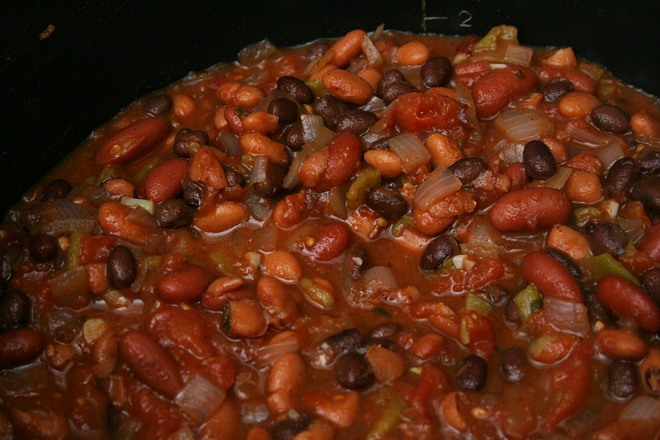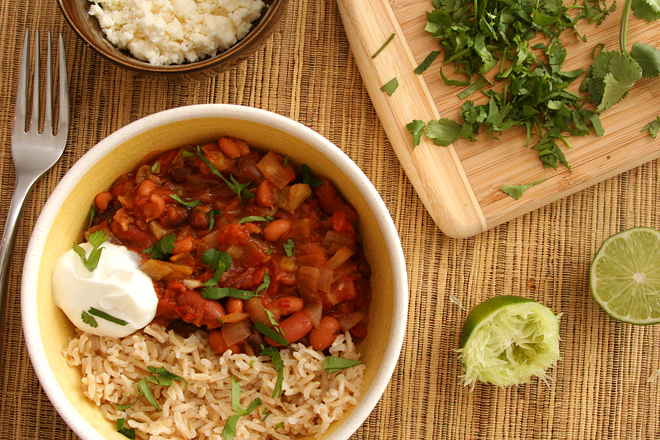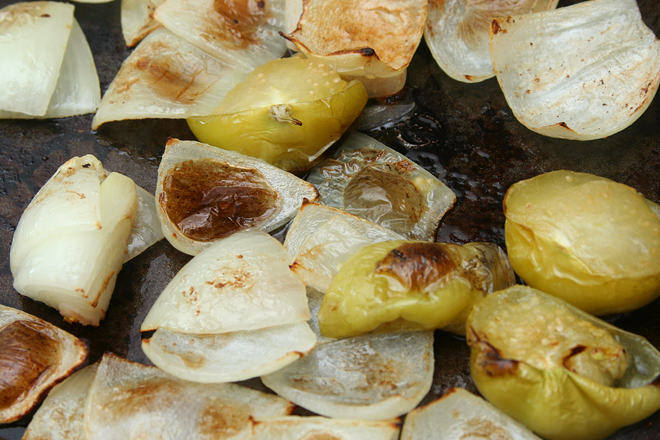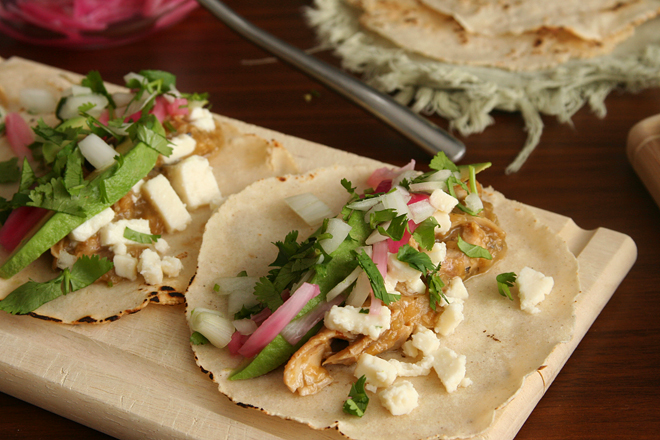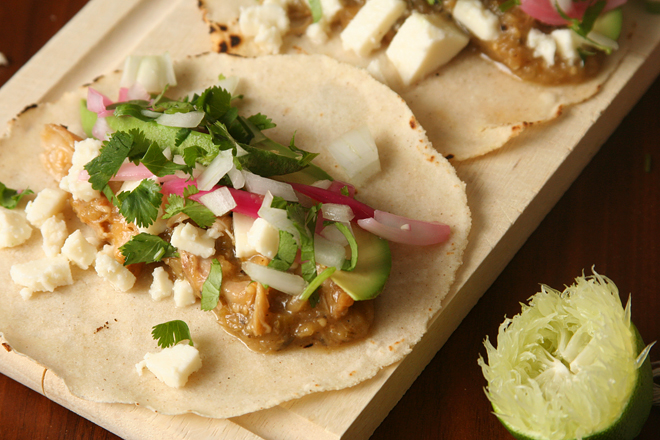The two weeks a year when blueberries are reasonably priced are almost a tease. Blink and you miss it! Down here in the desert, some years it doesn’t happen at all (or maybe I blinked). They went on sale recently, and I loaded up my cart. I didn’t know what I was going to make for dessert that weekend, but I knew it would have lots of blueberries in it.
Pie. Pie is so classic, and like I recently said, I don’t get many opportunities to make it. While pies aren’t the easiest desserts to make, at least blueberries don’t require any tedious prep like most other fruits – that is, unless you choose a high-maintenance Cook’s Illustrated recipe for blueberry pie.
I did, because I hate soupy pies enough to pre-cook the filling and peel and grate an apple into the mix. And clean out the coffee grinder to powder the tapioca when the grinder I keep in the kitchen for non-coffee things broke. All the cleaning, dough-rolling, pre-cooking, and apple-shredding was worth it when I was rewarded with a flaky crust over a juicy but not soupy filling of my favorite summer fruit.
Printer Friendly Recipe
Blueberry Pie (pretty much straight from Cook’s Illustrated, except for I don’t use their crust)
CI notes: This recipe was developed using fresh blueberries, but unthawed frozen blueberries (our favorite brands are Wyman’s and Cascadian Farm) will work as well. In step 4, cook half the frozen berries over medium-high heat, without mashing, until reduced to 1¼ cups, 12 to 15 minutes. Grind the tapioca to a powder in a spice grinder or mini food processor. If using pearl tapioca, reduce the amount to 5 teaspoons.
dough for double-crust pie (I always make this one)
6 cups fresh blueberries (about 30 ounces) (see note)
1 Granny Smith apple, peeled and grated on large holes of box grater
2 teaspoons grated zest and 2 teaspoons juice from 1 lemon
¾ cup sugar (5¼ ounces)
2 tablespoons quick-cooking tapioca, ground (see note)
pinch table salt
2 tablespoons unsalted butter, cut into ¼-inch pieces
1 large egg, lightly beaten with 1 teaspoon water
1. Adjust oven rack to lowest position, place rimmed baking sheet on oven rack, and heat oven to 400 degrees. Place 3 cups berries in medium saucepan and set over medium heat. Using potato masher, mash berries several times to release juices. Continue to cook, stirring frequently and mashing occasionally, until about half of berries have broken down and mixture is thickened and reduced to 1 ½ cups, about 8 minutes. Let cool slightly.
2. Place grated apple in clean kitchen towel and wring dry. Transfer apple to large bowl. Add cooked berries, remaining 3 cups uncooked berries, lemon zest, juice, sugar, tapioca, and salt; toss to combine. Transfer mixture to dough-lined pie plate and scatter butter pieces over filling.
3. Roll out second disk of dough on generously floured (up to ¼ cup) work surface to 11-inch circle, about ⅛ inch thick. Using 1¼-inch round biscuit cutter, cut round from center of dough. Cut another 6 rounds from dough, 1½ inches from edge of center hole and equally spaced around center hole. Roll dough loosely around rolling pin and unroll over pie, leaving at least ½-inch overhang on each side.
4. Using kitchen shears, trim bottom layer of overhanging dough, leaving ½-inch overhang. Fold dough under itself so that edge of fold is flush with outer rim of pie plate. Flute edges using thumb and forefinger or press with tines of fork to seal. Brush top and edges of pie with egg mixture. If dough is very soft, chill in freezer for 10 minutes.
5. Place pie on heated baking sheet and bake 30 minutes. Reduce oven temperature to 350 degrees and continue to bake until juices bubble and crust is deep golden brown, 30 to 40 minutes longer. Transfer pie to wire rack; cool to room temperature, at least 4 hours. Cut into wedges and serve.

